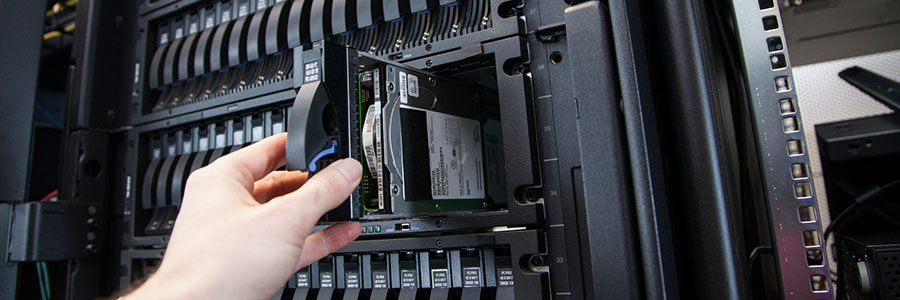Disasters come in many forms, from natural calamities like hurricanes to man-made ones such as data breaches. They can also strike without warning. If you don't have a disaster recovery plan (DRP) in place, expect that your small- or medium-sized business (SMB) in Canada will be in big trouble when things go wrong. But even if you do have a backup plan, there’s still a chance that your DRP will fail.
So what should you do if disaster befalls your business and your backup plan falls apart? Here are some tips to ensure business continuity in this difficult situation.
Tip 1: Assess the damage
Without a clear picture of the damage, it's difficult to formulate an effective plan for restoring systems and/or initiating repairs. This is why it’s critical to assess the extent, type, location, and cause of the damage as soon as you can. Once you have this information, you can start putting together a plan to recover data and bring your systems back up and running. Keep in mind that some types of damage may be more difficult or expensive to repair than others, so consider this when planning recovery time objectives.
Tip 2: Prioritize critical data
When your disaster and recovery plan fails, it’s important to know which data to restore first. If you don’t already have a list of all applications, services, systems, and data ranked according to how essential they are to your business, it’s time you make one. Identify systems that are most critical to the company and make sure they are the first to be restored.
You will also need to decide if any data loss/corruption should warrant any form of recovery action. For instance, accounting and financial files are always worth the time, effort, and money, but outdated backups can be dealt with at a later date. Making sure that data with high uptime requirements are restored immediately can have the greatest positive impact on your business.
Tip 3: Act swiftly
Once you have determined your priorities and know what needs to be restored, work on deploying your plan quickly but strategically. Get moving the second your contingency plan is approved: the longer you wait, the more damage will be done and the harder it will be to restore your systems and data. Your company is also likely losing money for every minute your recovery takes, so you’ll want to minimize downtime as much as possible.
The half hour immediately after a disaster is most critical in getting your business back up and running. Up the pace and gather as many resources as possible, including personnel, supplies, and funding. In case of a data breach, contact authorities such as the Canadian Centre for Cyber Security and the Privacy Commissioner of Canada to report the incident and ask for assistance in mitigating the damage.
Related reading: These 5 disaster recovery mistakes could shut down your business
Tip 4: Plan long-term DRP implementations
Rebuilding your system from scratch or using backup files to recover all your data will require time and effort. So rather than implementing a short-term plan to restore operations, invest in the continuous process of improving your DRP.
Regularly update and test your DRP to ensure that all aspects of your plan are working properly and that every employee knows what to do in case of a disaster. If you can, conduct simulation training to familiarize everyone with their roles in various kinds of catastrophes. This will also help identify any potential problems with your plan so these can be fixed before becoming a real concern. On top of these advantages, having a tested and rehearsed DRP gives your business a competitive advantage in the event of a disaster.
By following these tips, you can minimize the damage caused by DRP failure and get your business back on track quickly. But if you want a dependable and infallible disaster recovery plan that’s prepared for anything and everything, turn to XBASE Technologies. We offer EXponentially Better™ disaster recovery services designed to meet your SMB’s specific requirements. Talk to an expert today.
